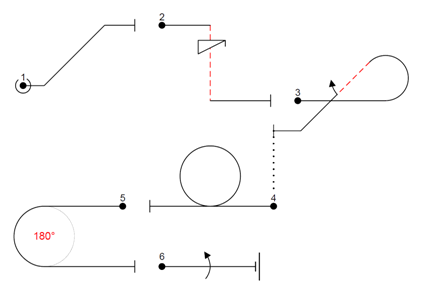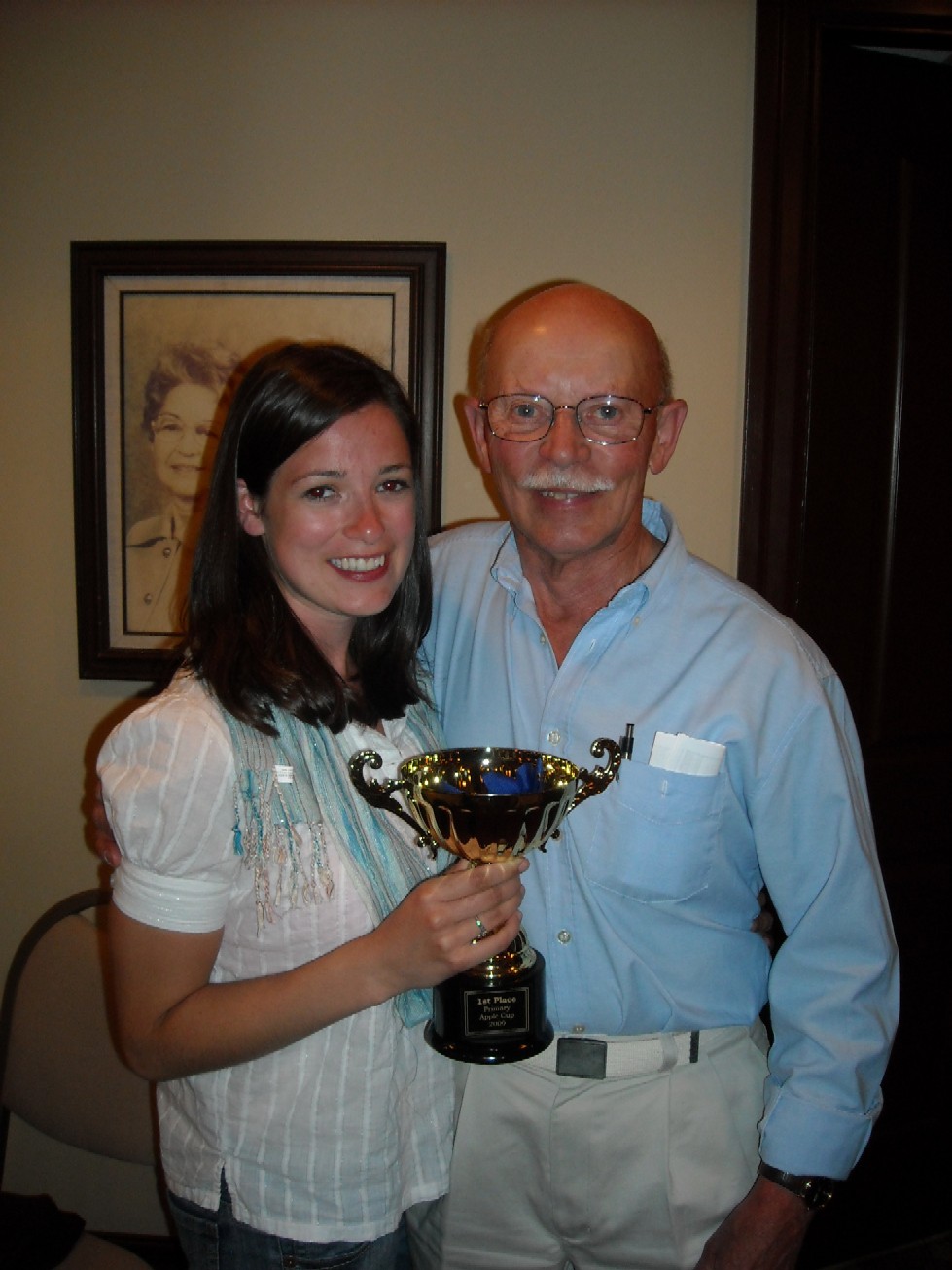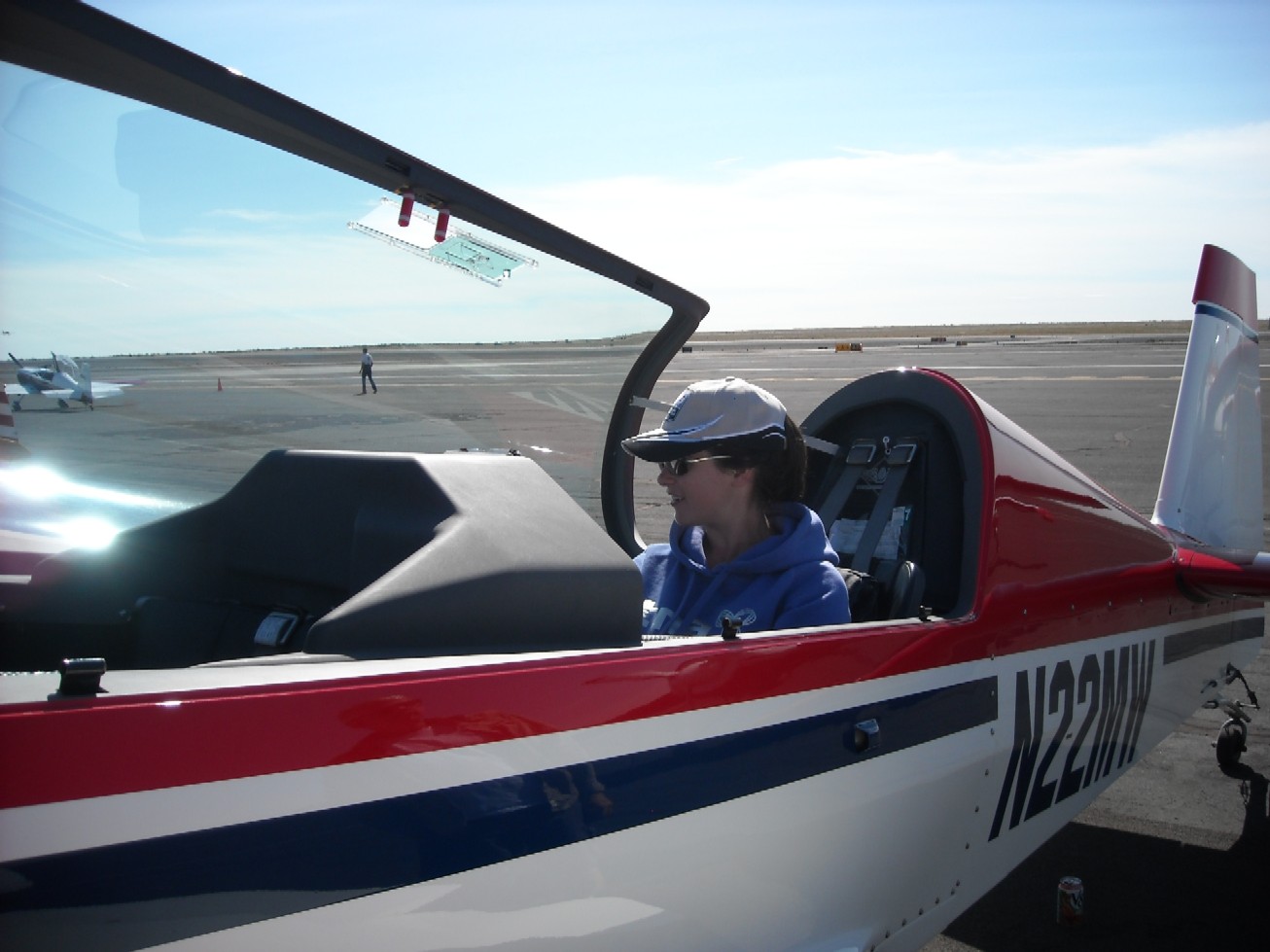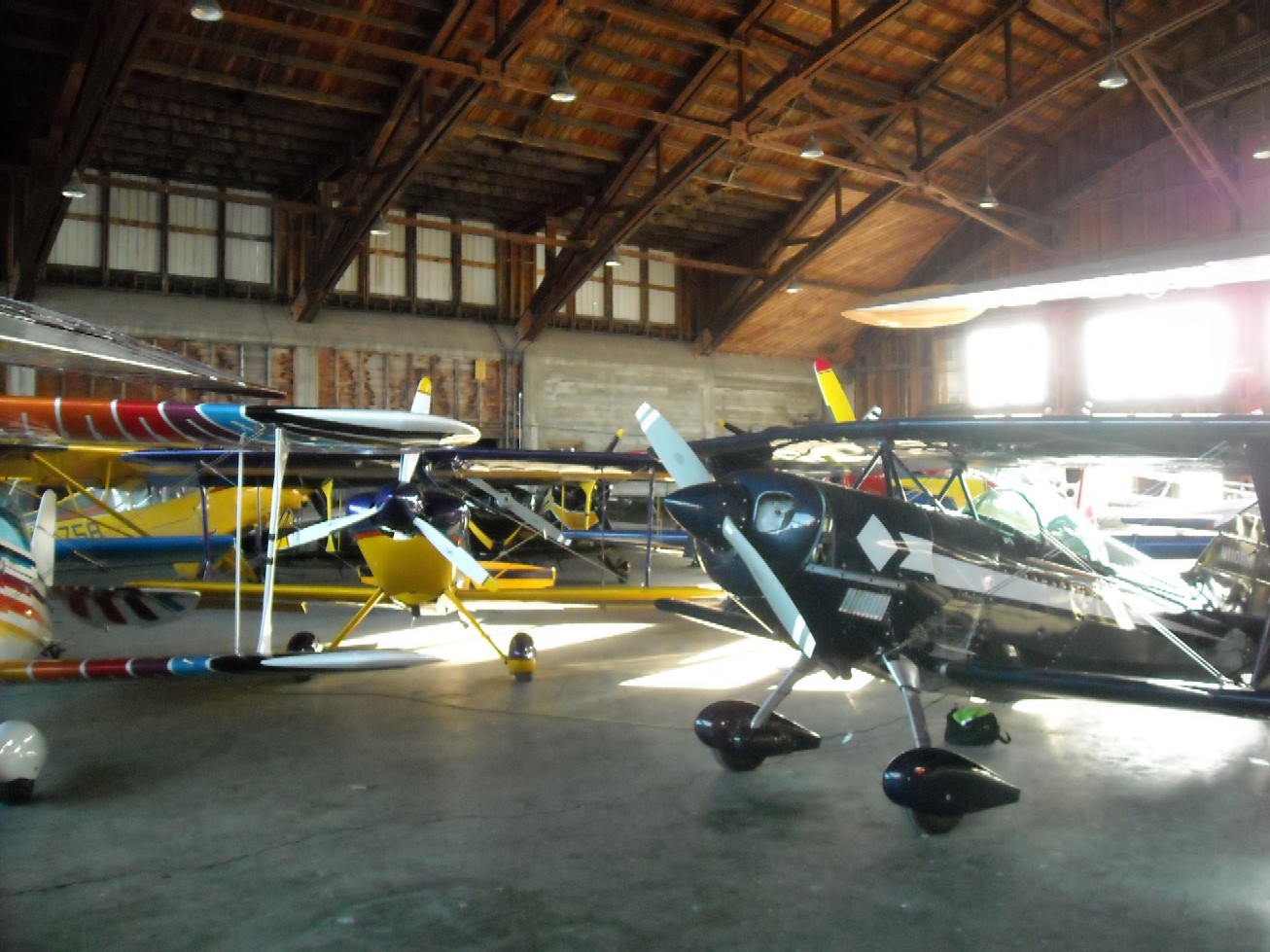
It was an exciting start to
Naomi Jones’ aerobatic flying
career—after completing her
Instructor Rating under the
guidance of veteran acrobatic
pilot Donn Richardson, within
days she was winning gold medals
and the prestigious Apple Cup
in Ephrata, Washington.
Naomi was interviewed about
a week after returning from the
June 19th and 20th competition:
What made you first get
involved in aerobatic flying?
Naomi: Well, it has been
something I’ve been interested
in for a long time—since I started
flying—and this summer I had the
chance to give it a try. In think I
was influenced by all those times
I went to the Abbotsford Air
Show and watched the aerobatic
flying—and I think that was what
inspired me. Also, the Red Bull
Racing—now that’s very exciting.
What is it about aerobatic
flying that you like?
Naomi: It’s great fun, a challenge
and great for improving you flying
skills. When your start aerobatics,
I think it’s like students doing steep
turns for the first time—very
exciting. For me too, it is so much
more hands-on than what I
experience when I’m teaching. It’s like flying your own roller coaster, I suppose—it is a different view of flying than what you have seen before. It also takes so much concentration—intense concentration—and I like that intense concentration combined with flying.
How long does an aerobatic sequence last during competition flying?
Naomi: Perhaps 10 minutes, but when you are concentrating on your sequence it feels like about 20 seconds—your concentrating on the moment—that one exercise—the time flies so fast.

Is it exhausting?
Naomi: Yeah it is—because you’re concentrating so much. In practice I’d come back sweating—when Donn and I were training—because you’re working so hard for an hour at a time. In Ephrata, too, it was so hot—30°C! But the heat is really only felt before takeoff and after landing—once you get up there you don’t think about that.
Can you describe your flying sequence?
Naomi: Sure. The first figure was a 45° up-line—and
this was the one manoeuvre in my sequence where I pulled the most Gs, because you have to go so suddenly from straight and level flight to the 45° up-line without making it look like a curve—it should look like a corner. Then I did a one-rotation spin—which is my favourite of them all because it is so precise—you have to come out on a vertical line straight down—not like the recovery climb we do in training—so you get very fast. Then I did a half-cuban—which is a 5/8s loop, followed by a ½ roll—to end on that 45° line again, but this time going down. Following that, I did just a simple loop, and then a 180° turn—which isn’t like a normal steep turn, but has to be at least a 60° angle of bank. To finish off the sequence, I did just a roll. The sequence is flown at full power throughout the manoeuvres—except the spin, of course, where the power is idle. So you don’t think about power throughout the sequence—you just go max power. Your energy is your altitude, so what ever altitude you start at is the energy that is available to you.
Where did your sequence originate?
Naomi: The competition is organized by a group call the IAC—International Aerobatic Club. The IAC publishes a known sequence every year for each level of flying, which can be found on line. For the bottom two levels—the basic and sportsman—you fly the sequence three times. Once you advance into the top three levels—intermediate, advanced, and unlimited—you’ll be flying the know sequence once, your own
sequence once, and an unknown sequence. The unknown sequence is given to you the night before your performance. All of the know sequences get changed every year.
Is there a great advantage for private or commercial pilots to get involved in aerobatic flying?
Naomi: Absolutely—it gives you a great respect for the theory of the flight, and it gives you a great respect for what you can do as a pilot. It makes you focus on the finer aspect of flying. You notice especially a greater need for rudder control. I think that even your straight and level flight will benefit if you take what you learn from aerobatics to develop your everyday flying habits. But the real benefit of aerobatic flying is its pure fun. At the competition we spent every day having fun flying, and it the evening the pilots hung out together and had a great time exchanging stories, experiences, and good food.
What’s the first step in getting aerobatics?
Naomi: The first is to find an instructor who can take you up for a loop and a roll, and give you a sample of what aerobatics is like. In the lower mainland right now there are 5 qualified instructors, and finding someone to fit your schedule won’t be difficult. Next, if your interested in meeting lots of people in the aerobatics, the Aerobatic Club of B.C. has a meeting the first Monday of every month at the Delta Airpark at 7pm, and it’s open to everyone.
Will you be competing again this season?
Naomi: Yes, I’m hoping to compete in September back in Ephrata, providing I can get some sponsors, and I planning to move up to the sportsman level. It will be hosted by the Aerobatic Club of B.C., and we’re hoping that we’ll send seven or eight Canadian competitors, including the great Donn Richardson.
If someone wants to contribute to your sponsorship, how should they contact you?
Naomi: The best way would be through Langley Flying School. So far I have sponsors for about one-third of my estimated training and competition costs.
In terms of a career, where do you think flying is going to take you?
Naomi: Ultimately, my goal would be to compete for the Canadian aerobatic team, but I would also like to continue progressing in other areas of aviation as well. I want to fly lots of different airplanes, and I hope to experience as many different aspects of aviation as possible.
Links:
IAC Scoring Card for the Primary Category, Known Program
International Aerobatic Club Webpage

.jpg)




